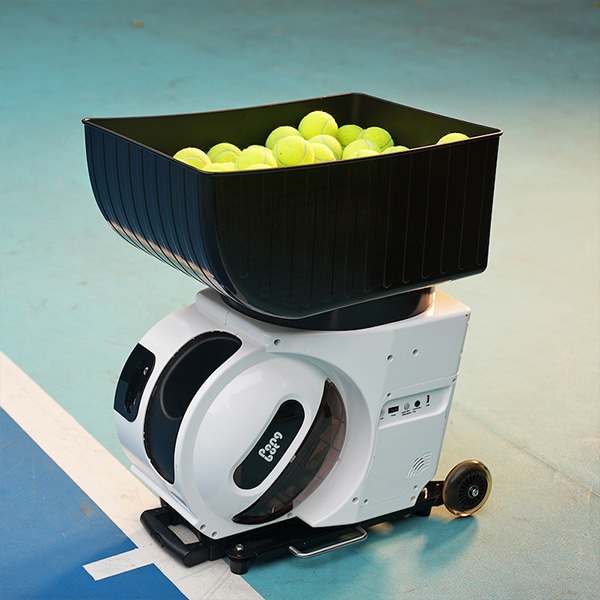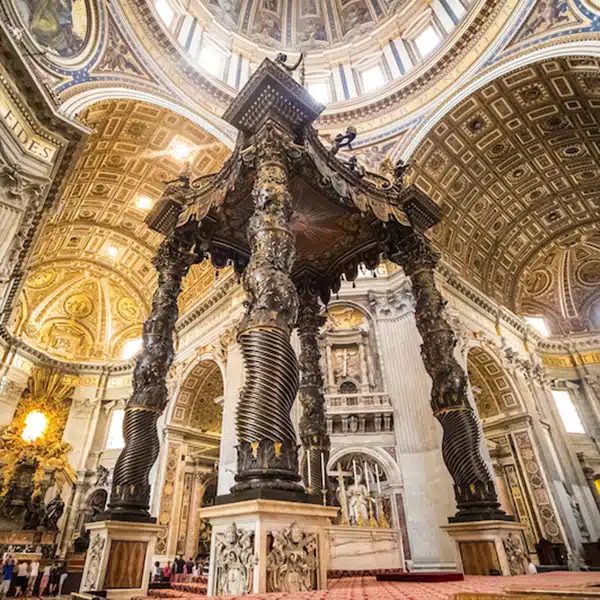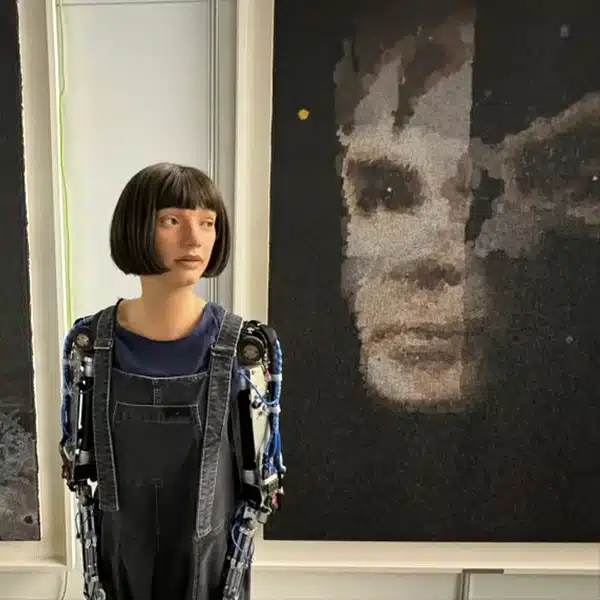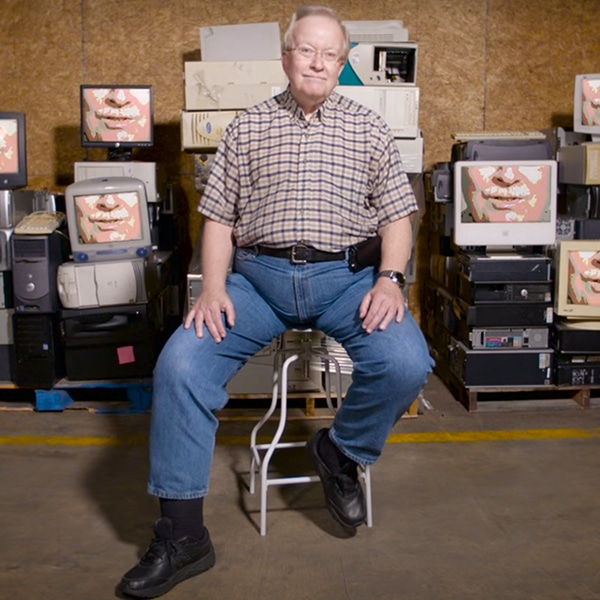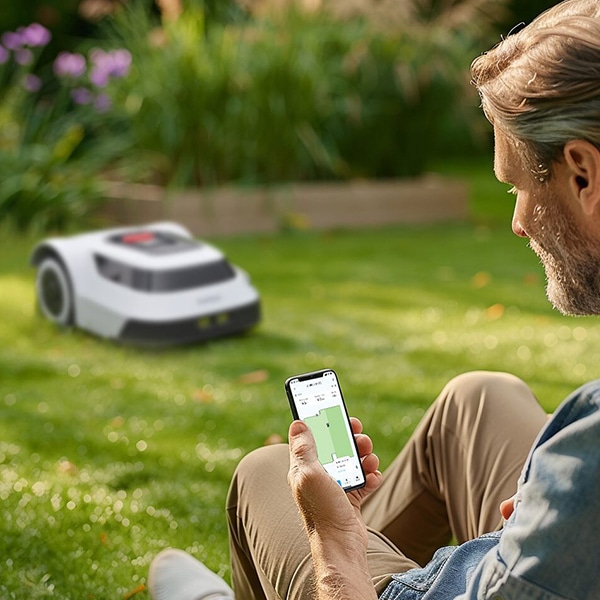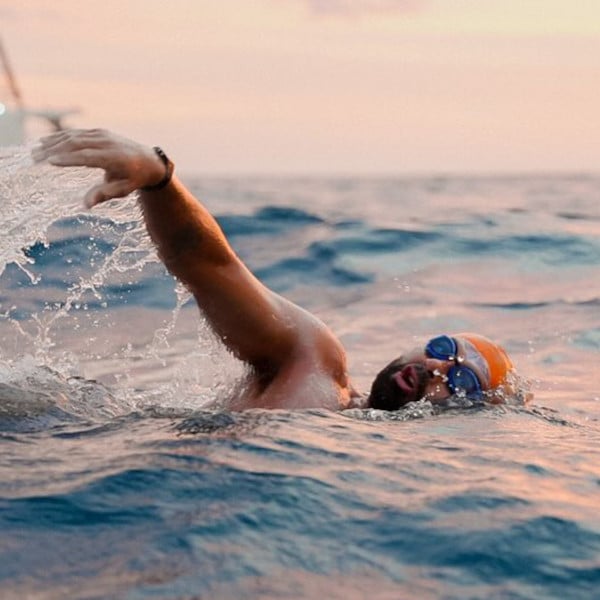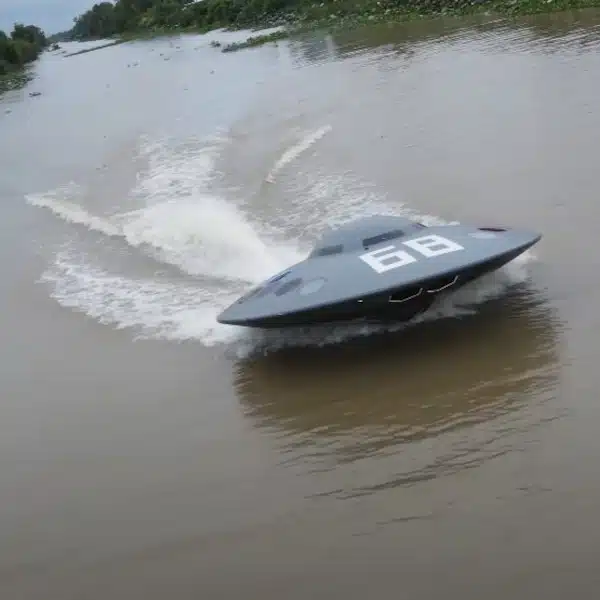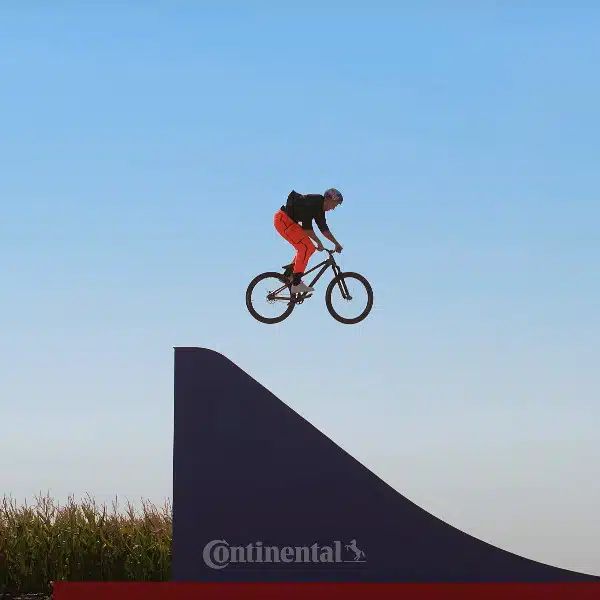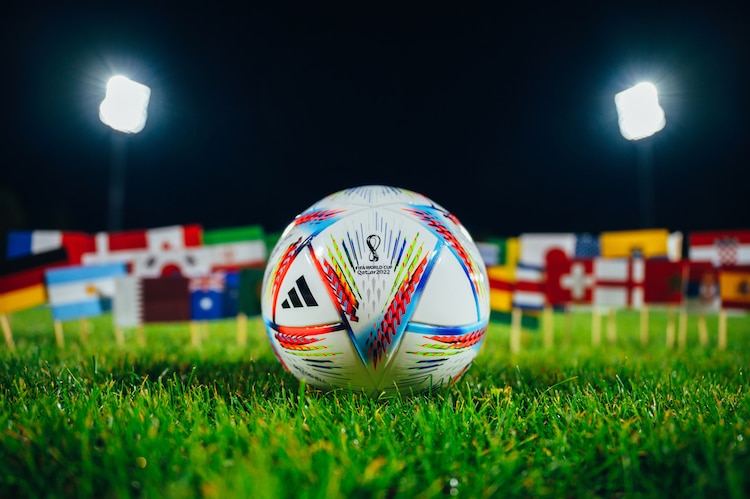
Photo: [email protected]/Depositphotos
When you think of a soccer ball, you may not think of technology. But if you've been following the World Cup closely, you may have noticed balls being charged on the sidelines. It may seem bizarre, but there's a good reason that FIFA decided to make the 2022 World Cup soccer balls high-tech.
The Al Rihla soccer balls used for the World Cup are manufactured by Adidas and take their name from the Arabic word for “the journey.” And now, their journeys can literally be followed, as each ball is fitted with a sensor that allows for spatial tracking in real time. This data, when combined with optical tracking tools, will make the video assistant referee system (VAR) and offside reviews even more accurate. And, importantly, it will also speed up the decision-making process.
Soccer isn't the first sport to incorporate technology into its decision-making. Tennis and football are two major sports that have enhanced the tools available to referees and umpires, making decisions quick and accurate. Now, FIFA is launching a new technological era, and doing so on the world's biggest stage.
The manufacturer of the sensor, KINEXON, is a major player with a lot of experience in sports technology. They spent six years developing and testing the sensor, which weighs just half an ounce, before it was approved by FIFA. Every ball actually contains a device with two sensors, each with a different purpose.
One is an ultra-wideband (UWB) sensor that is more accurate than GPS or Bluetooth. This helps give precise data on where the ball is at any time and transmit that data in real-time. The second sensor is an inertial measurement unit (IMU) sensor, which gives a granular look at how the ball moves in space.
Any time a ball is touched or kicked at the World Cup, the sensors start firing away and pick up data at 500 frames per second. That data is instantly transmitted to the local positioning system (LPS) installed around the field, which stores the information for immediate use.
Throughout the World Cup, this new technology will work in tandem with Hawk-Eye, a system already in use in tennis. Twelve Hawk-Eye cameras scattered around the stadium track both the ball and all the players on the field at a rate of 50 times per second. On just the players alone, 29 points on the body are tracked. When data is combined from both systems, the technology is a powerful resource in making offside decisions.
NEW: Semi-automated offside technology to be used at FIFA World Cup 2022. Full details on @FIFAcom. Here’s how it works 👇 pic.twitter.com/qrDzjsXxph
— Bryan Swanson (@fifa_bryan) July 1, 2022
After the 2018 World Cup, FIFA determined that it wanted to speed up the process for offside decisions. So, to that end, data from the ball sensors and Hawk-Eye are run through an AI system that sends an alert to match officials in the video room. So, rather than slowly combing through plays, officials can just jump to the footage and confirm the alert.
And, as an added bonus for fans, the AI software also generates 3D renderings of the data that are ready for broadcast. This will allow fans to have an inside look at why the decisions were made.
But beyond the refereeing of the game, these sensors have the possibility to pick up all types of metrics. In fact, during 2022 testing at a Liga Portugal relegation match, KINEXON also attached sensors to players' jerseys. These allowed them to collect over 300 metrics spanning everything from ball possession time to dribbling speed to ball gains/losses. For any sports fan who loves data, this is a dream come true. And, eventually, if this data is collected continuously, it could also be used by coaches to finetune their tactics.
“We can use that information in real-time to tell new stories,” said Maximillian Schmidt, co-founder and managing director of KINEXON. “[We can use] them to create virtual worlds, augmented overlays, insights on [the] performance of players.”
h/t: [FiveThirtyEight]
Related Articles:
2010 FIFA World Cup Calendar Data Visualization
Zaha Hadid’s Extraordinary 2022 FIFA World Cup Stadium
World Cup Broadcaster Wears ‘One Love’ Armband in Solidarity With LGBTQ+ Community
Olympic Pictograms Reveal All the Sports That Have Been Added and Removed Over the Last 52 Years












































































